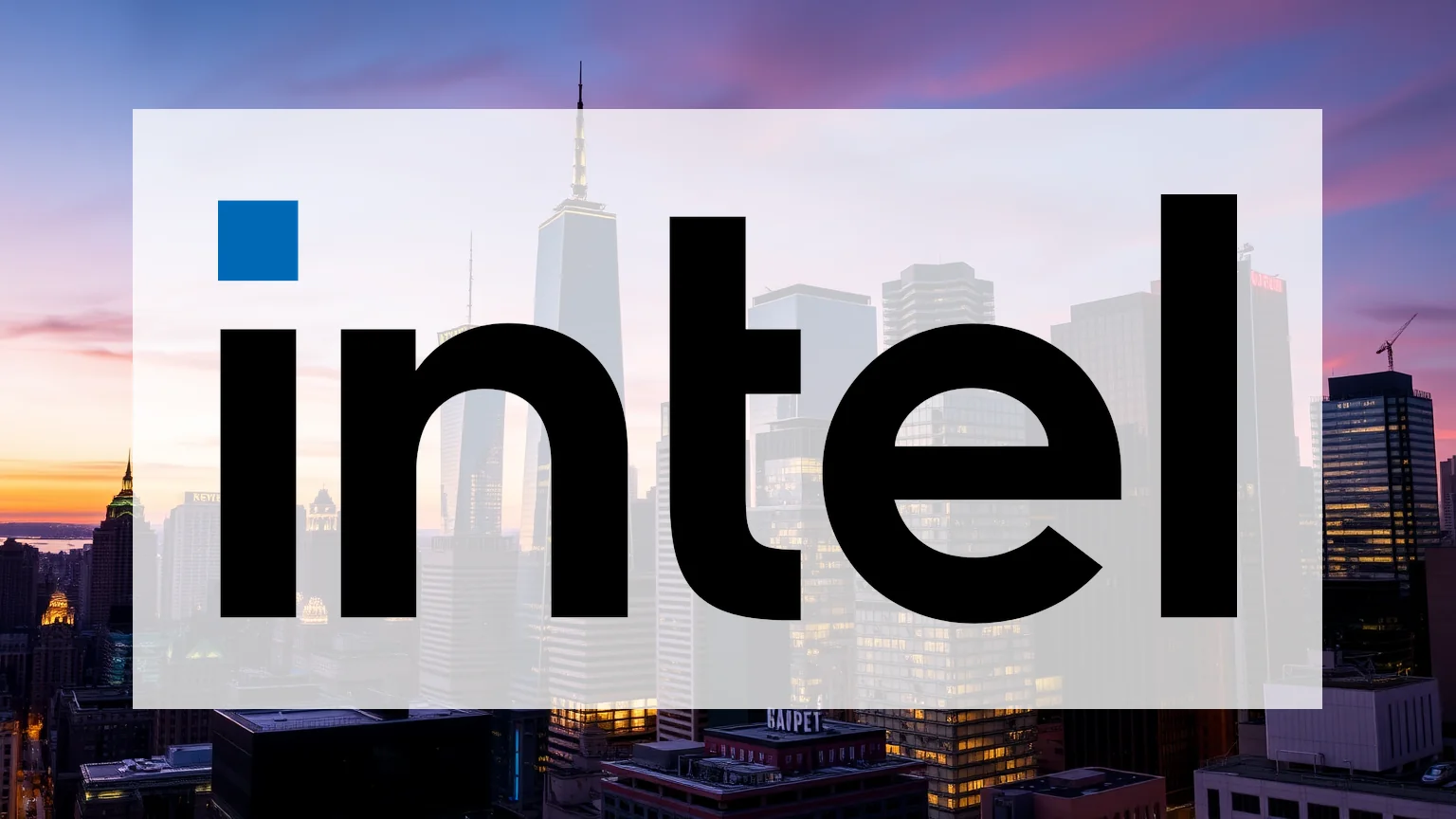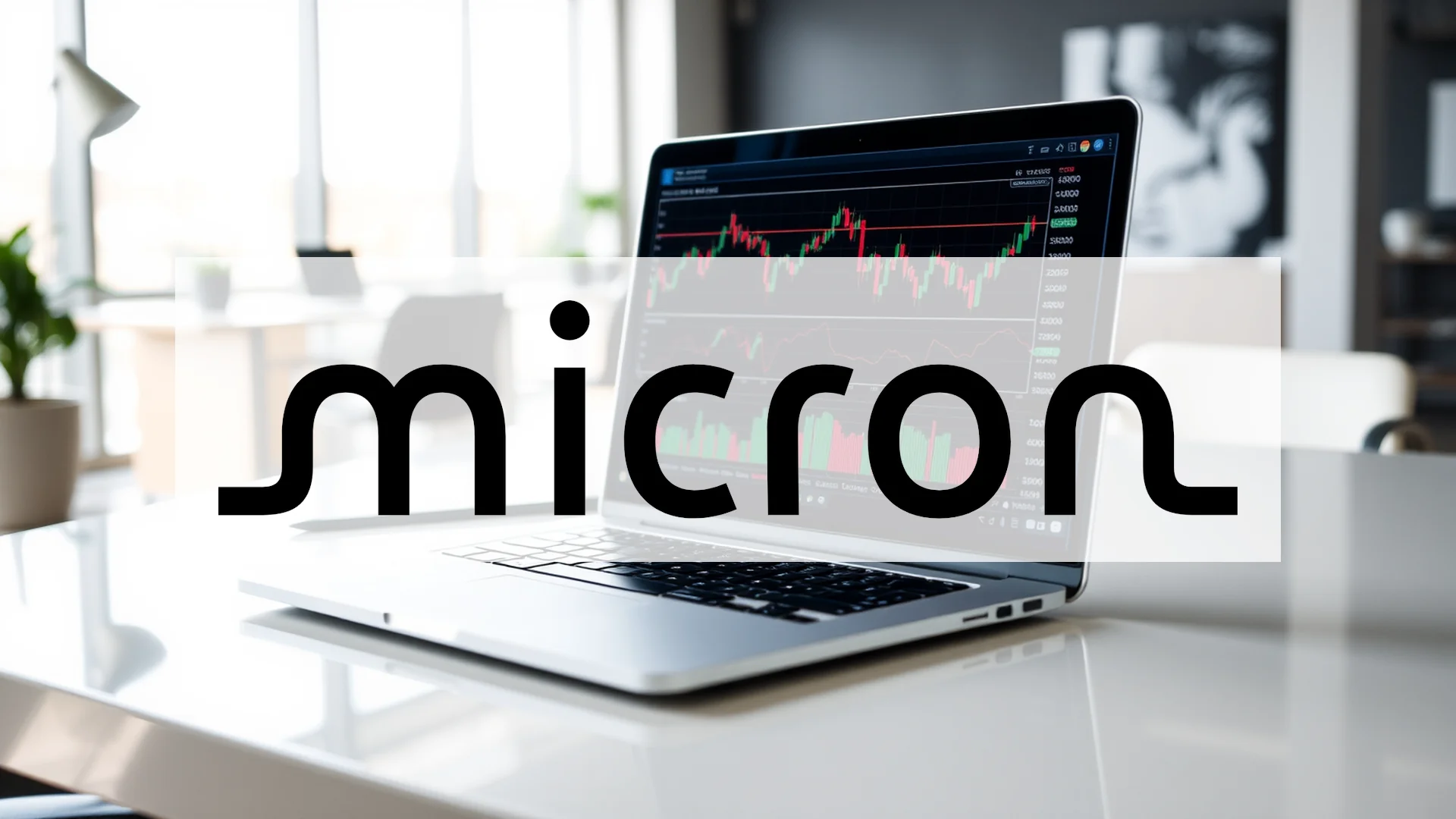In a significant move for the semiconductor industry, the U.S. government has emerged as a substantial new investor in Intel Corporation this week. An initial investment of $5.7 billion represents the first tranche of an agreement that will ultimately see Washington acquire a nearly 10% ownership stake in the chipmaker. While Intel’s leadership celebrates reduced financial uncertainty, market participants are weighing the implications of this unprecedented state involvement.
Strategic Investment Reshapes Funding Structure
The transaction converts previously allocated grant money under the CHIPS and Science Act into direct equity ownership. The government will purchase 433.3 million shares at $20.47 per share, totaling $8.9 billion. This 9.9% stake positions the U.S. government among Intel’s largest shareholders. Combined with previously awarded subsidies, the total federal investment in the semiconductor company now reaches $11.1 billion.
Intel’s Chief Financial Officer David Zinsner characterized the arrangement as a strategic maneuver that provides substantial financial flexibility. “This eliminates the need to tap capital markets in the short term,” Zinsner stated, adding that it removes “significant uncertainties” from the company’s financial outlook.
The agreement notably eliminates certain requirements Intel faced under the original grant structure. The chip manufacturer no longer needs to achieve specific milestones to receive funding, and $2.2 billion in potential repayment risks have been waived.
Additional Options and Market Response
As part of the arrangement, the government secured a five-year option to acquire an additional five percent stake, though this provision only activates if Intel’s ownership in its foundry business unit falls below 51%. Zinsner expressed minimal concern about this scenario, noting, “The probability of us dropping below 50% is low.”
Should investors sell immediately? Or is it worth buying Intel?
Despite the massive capital infusion, investor reaction remained subdued. Intel shares declined 0.6% on Thursday following the announcement. This tempered response reflects ongoing concerns among some market participants about potential complications arising from significant government ownership.
Regulatory filings from Intel had previously warned that substantial U.S. government involvement could create challenges in foreign markets, which account for the majority of the company’s revenue.
Competitive Challenges and Path Forward
The substantial investment provides breathing room as Intel addresses both competitive pressures and internal operational hurdles. The company has acknowledged falling behind competitors in artificial intelligence technologies and has faced production delays across certain product lines. Zinsner candidly admitted that Intel had “dropped the ball” on some product developments.
The company’s future profitability increasingly depends on the success of its contract manufacturing division. Intel urgently needs to secure major external customers for its next-generation 14A manufacturing process to establish a sustainable foundry business. While the government’s billions buy valuable time, the competitive clock continues ticking in the rapidly evolving semiconductor landscape.
Ad
Intel Stock: Buy or Sell?! New Intel Analysis from December 3 delivers the answer:
The latest Intel figures speak for themselves: Urgent action needed for Intel investors. Is it worth buying or should you sell? Find out what to do now in the current free analysis from December 3.
Intel: Buy or sell? Read more here...













